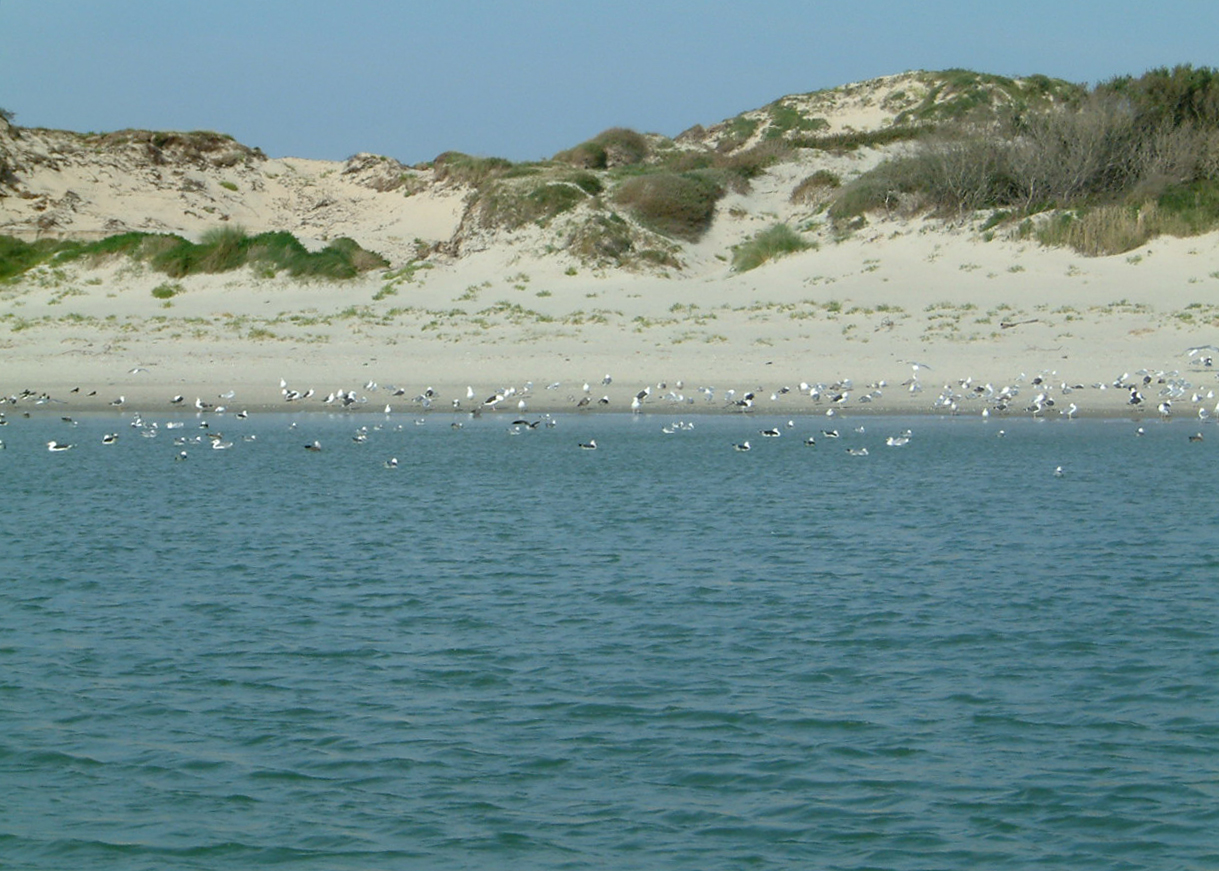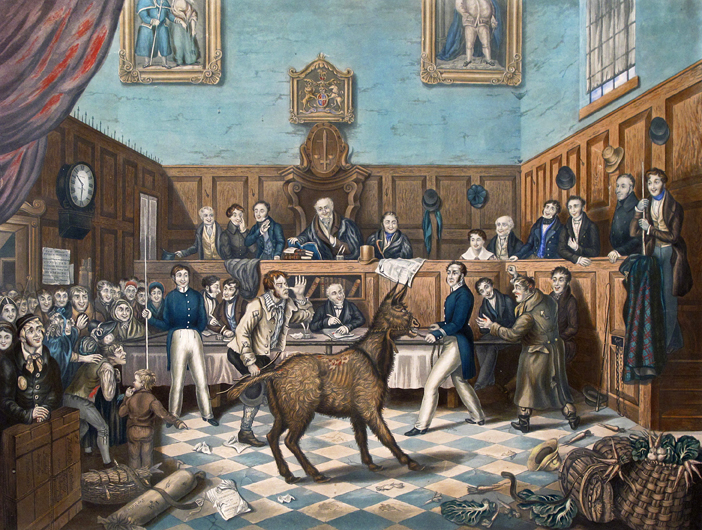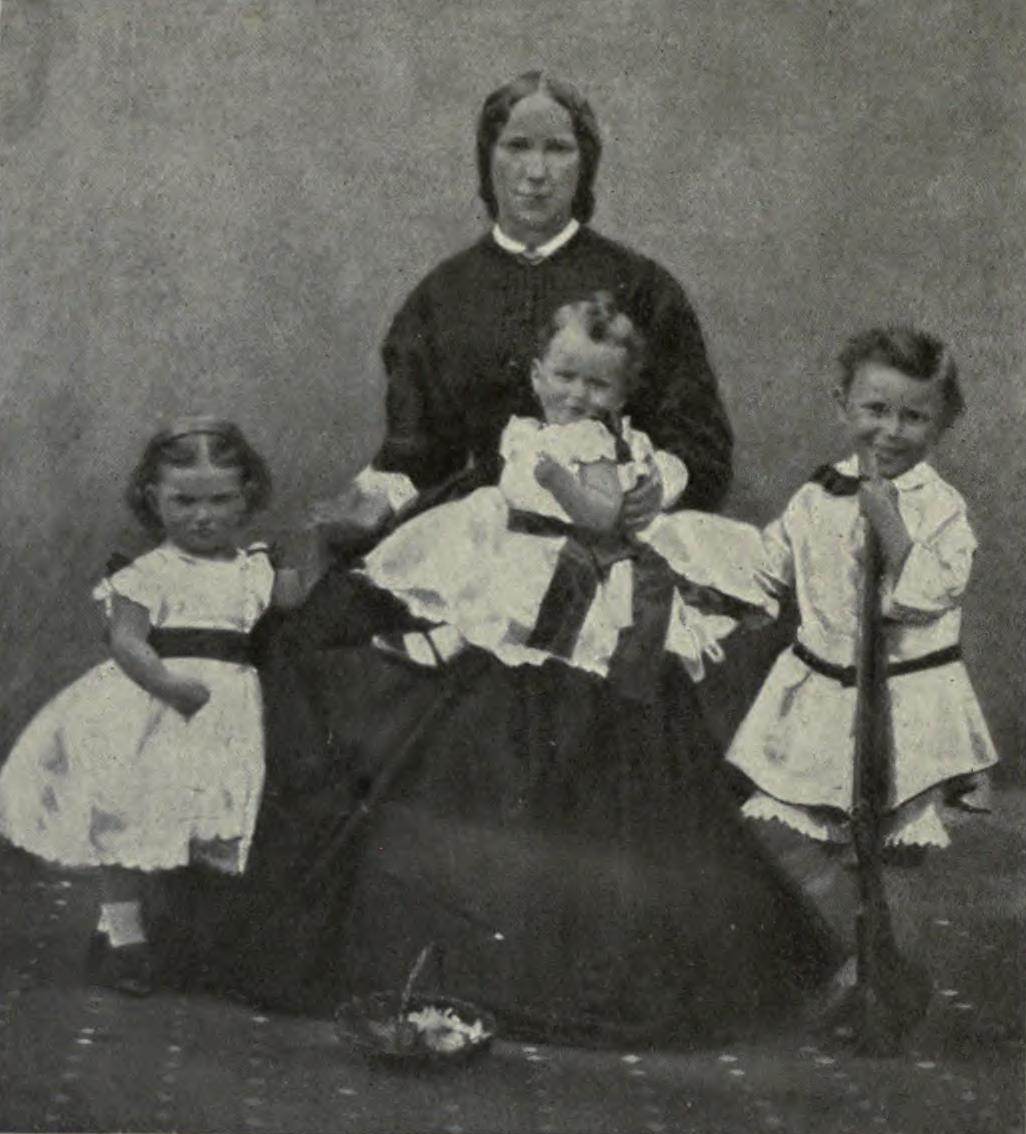|
Sir Edward Willis Duncan Ward, 1st Baronet
Colonel Sir Edward Willis Duncan Ward, 1st Baronet (17 December 1853 – 11 September 1928) was a British Army officer and military administrator, serving as Permanent Secretary of the War Office. He was a notable reformer of army administration, improving efficiency of mobilization, medical services and supplies. Military career Ward was born in Oban, Argyllshire, Scotland in 1853, the only son of Lieutenant John Ward, RN, by his wife Mary Hope Bowie. He was commissioned Sub-Lieutenant in the 2nd Royal Lanarkshire Militia in December 1873, and transferred to the 2nd West India Regiment in February 1874. In April 1874 he transferred into the Control Department as a Sub-Assistant Commissary, transferring to the new Commissariat and Transport Department in 1875, although he did not resign his militia commission until December 1874. He was promoted Assistant Commissary in 1876. In January 1880 the department changed its name to the Commissariat and Transport Staff and Ward ... [...More Info...] [...Related Items...] OR: [Wikipedia] [Google] [Baidu] |
Leslie Ward
Sir Leslie Matthew Ward (21 November 1851 – 15 May 1922) was a British portrait artist and caricaturist who over four decades painted 1,325 portraits which were regularly published by '' Vanity Fair'', under the pseudonyms "Spy" and "Drawl". The portraits were produced as watercolours and turned into chromolithographs for publication in the magazine. These were then usually reproduced on better paper and sold as prints. Such was his influence in the genre that all ''Vanity Fair'' caricatures are sometimes referred to as "Spy cartoons" regardless of who the artist actually was. Early portraits, almost always full-length (judges at the bench being the main exception), had a stronger element of caricature and usually distorted the proportions of the body, with a very large head and upper body supported on much smaller lower parts. Later, as he became more accepted by his social peers, and in order not to offend potential sitters, his style developed into what he called "charac ... [...More Info...] [...Related Items...] OR: [Wikipedia] [Google] [Baidu] |
Brevet (military)
In many of the world's military establishments, a brevet ( or ) was a warrant giving a commissioned officer a higher rank title as a reward for gallantry or meritorious conduct but may not confer the authority, precedence, or pay of real rank. An officer so promoted was referred to as being brevetted (for example, "he was brevetted major general"). The promotion would be noted in the officer's title (for example, "Bvt. Maj. Gen. Joshua L. Chamberlain" or "Bvt. Col. Arthur MacArthur"). It is not to be confused with a ''Brevet d'état-major'' in Francophone European military circles, where it is an award, nor should it be confused with temporary commissions. France In France, ''brevet'' is a word with a very broad meaning, which includes every document giving a capacity to a person. For instance, the various military speciality courses, such as military parachutism, are ended by the award of a brevet. The more important brevet in the French military is the one of the Écol ... [...More Info...] [...Related Items...] OR: [Wikipedia] [Google] [Baidu] |
Meopham Air Disaster
The Meopham Air Disaster occurred on 21 July 1930 when a Junkers F.13ge flying from Le Touquet to Croydon with two crew and four passengers crashed near Meopham, Kent with the loss of all on board. The report of the inquiry into the accident was made public, the first time in the United Kingdom that an accident report was published. Aircraft The aircraft involved was Junkers F.13ge G-AAZK, c/n 2052. The aircraft had been registered on 26 May 1930. Accident The Junkers F.13ge registered ''G-AAZK'' which was owned by the pilot Lieutenant-Colonel George Henderson had been lent to the Walcot Air Line to operate a charter flight between Le Touquet in France and Croydon Airport south of London. As the aircraft was above Kent it appeared to have disintegrated and crashed near the village green at Meopham, south of Gravesend. Witnesses reported a rumbling noise just before the crash and that the aircraft emerged from a cloud and then broke apart in mid-air. The crash happened at 2:3 ... [...More Info...] [...Related Items...] OR: [Wikipedia] [Google] [Baidu] |
Le Touquet
Le Touquet-Paris-Plage (; pcd, Ech Toutchet-Paris-Plache; vls, 't Oekske, older nl, Het Hoekske), commonly referred to as Le Touquet (), is a commune near Étaples, in the Pas-de-Calais department, northern France. It has a population of 4,227 (2019), but welcomes up to 250,000 people during the summer. Located on the Opal Coast, south of Boulogne-sur-Mer, on the shoreline of the English Channel, the seaside resort has been nicknamed the "Garden of the English Channel" (french: Jardin de la Manche), the "Pearl of the Opal Coast" (french: Perle de la Côte d'Opale), the "Sports Paradise" (french: Paradis des sports) or the "Four Seasons Resort" (french: Station des quatre saisons). The city bears the scars of wounds inflicted during World War II by the construction of the Atlantic Wall, the planting of mines prior to the German withdrawal and intensive Allied bombings. Nevertheless, part of the architectural heritage of Le Touquet was left intact. A number of unique villa ... [...More Info...] [...Related Items...] OR: [Wikipedia] [Google] [Baidu] |
Frederick Hamilton-Temple-Blackwood, 3rd Marquess Of Dufferin And Ava
Frederick Temple Hamilton-Temple-Blackwood, 3rd Marquess of Dufferin and Ava, (26 February 1875 – 21 July 1930), styled Lord Frederick Blackwood between 1888 and 1918, was a British soldier and politician. He died in an aircraft crash in 1930 at the age of 55. Early life Lord Dufferin was born on 26 February 1875 in Ottawa, Ontario, Canada, during his father's term as Governor General of Canada. He was the fourth son of Frederick Hamilton-Temple-Blackwood, 1st Marquess of Dufferin and Ava and Hariot Hamilton-Temple-Blackwood, Marchioness of Dufferin and Ava. While his father was Viceroy and Governor-General of India in the 1880s, his mother was known for leading an initiative to improve medical care for women in British India. Career Hamilton-Temple-Blackwood joined the 9th Lancers as a second lieutenant on 11 August 1897. He was promoted to lieutenant on 9 October 1899, and served with his regiment during the Second Boer War from 1899 to 1901, where he was present at the e ... [...More Info...] [...Related Items...] OR: [Wikipedia] [Google] [Baidu] |
Royal Society For The Prevention Of Cruelty To Animals
The Royal Society for the Prevention of Cruelty to Animals (RSPCA) is a charity operating in England and Wales that promotes animal welfare. The RSPCA is funded primarily by voluntary donations. Founded in 1824, it is the oldest and largest animal welfare organisation in the world and is one of the largest charities in the UK. The organisation also does international outreach work across Europe, Africa and Asia. The charity's work has inspired the creation of similar groups in other jurisdictions, starting with the Ulster Society for the Prevention of Cruelty to Animals (founded in 1836), and including the Scottish Society for Prevention of Cruelty to Animals (1839), the Dublin Society for the Prevention of Cruelty to Animals (1840), the American Society for the Prevention of Cruelty to Animals (1866), the Royal New Zealand Society for the Prevention of Cruelty to Animals (1882), the Singapore Society for the Prevention of Cruelty to Animals (1959) and various groups which eve ... [...More Info...] [...Related Items...] OR: [Wikipedia] [Google] [Baidu] |
Union Jack Club
The Union Jack Club is an Armed Forces Club in central London, England, for enlisted members and veterans of the British Armed Services and their families. Located near London Waterloo railway station, the club has over 260 rooms for accommodation (singles, twins, doubles, fully accessible, family, suite and flats), restaurant, bar, small library, and a full range of meeting and banqueting rooms. The club's main entrance is in Sandell Street off Waterloo Road, opposite Waterloo station. Many guest bedrooms on the upper floors have views over London. History The idea for the club came from Ethel McCaul, a Royal Red Cross nurse who served in field hospitals during the South African War at the start of the 20th century. She noted that while officers enjoyed membership of various gentlemen's clubs in London, no equivalent existed for enlisted personnel and they therefore used public houses and inns of varying repute. The initial sum of £60,000 was raised at various galas and functi ... [...More Info...] [...Related Items...] OR: [Wikipedia] [Google] [Baidu] |
Egypt
Egypt ( ar, مصر , ), officially the Arab Republic of Egypt, is a transcontinental country spanning the northeast corner of Africa and southwest corner of Asia via a land bridge formed by the Sinai Peninsula. It is bordered by the Mediterranean Sea to the north, the Gaza Strip of Palestine and Israel to the northeast, the Red Sea to the east, Sudan to the south, and Libya to the west. The Gulf of Aqaba in the northeast separates Egypt from Jordan and Saudi Arabia. Cairo is the capital and largest city of Egypt, while Alexandria, the second-largest city, is an important industrial and tourist hub at the Mediterranean coast. At approximately 100 million inhabitants, Egypt is the 14th-most populated country in the world. Egypt has one of the longest histories of any country, tracing its heritage along the Nile Delta back to the 6th–4th millennia BCE. Considered a cradle of civilisation, Ancient Egypt saw some of the earliest developments of writing, agriculture, ur ... [...More Info...] [...Related Items...] OR: [Wikipedia] [Google] [Baidu] |
ANZAC
The Australian and New Zealand Army Corps (ANZAC) was a First World War army corps of the Mediterranean Expeditionary Force. It was formed in Egypt in December 1914, and operated during the Gallipoli campaign. General William Birdwood commanded the corps, which primarily consisted of troops from the First Australian Imperial Force and 1st New Zealand Expeditionary Force, although there were also British and Indian units attached at times throughout the campaign. The corps disbanded in 1916, following the Allied evacuation of the Gallipoli peninsula and the formation of I ANZAC Corps and II ANZAC Corps. The corps was reestablished, briefly, in the Second World War during the Battle of Greece in 1941. History Original formation Plans for the formation began in November 1914 while the first contingent of Australian and New Zealand troops were still in convoy bound for, as they thought, Europe. However, following the experiences of the Canadian Expeditionary Force encamped ... [...More Info...] [...Related Items...] OR: [Wikipedia] [Google] [Baidu] |
Ottoman Empire
The Ottoman Empire, * ; is an archaic version. The definite article forms and were synonymous * and el, Оθωμανική Αυτοκρατορία, Othōmanikē Avtokratoria, label=none * info page on book at Martin Luther University) // CITED: p. 36 (PDF p. 38/338) also known as the Turkish Empire, was an empire that controlled much of Southeast Europe, Western Asia, and Northern Africa between the 14th and early 20th centuries. It was founded at the end of the 13th century in northwestern Anatolia in the town of Söğüt (modern-day Bilecik Province) by the Turkoman tribal leader Osman I. After 1354, the Ottomans crossed into Europe and, with the conquest of the Balkans, the Ottoman beylik was transformed into a transcontinental empire. The Ottomans ended the Byzantine Empire with the conquest of Constantinople in 1453 by Mehmed the Conqueror. Under the reign of Suleiman the Magnificent, the Ottoman Empire marked the peak of its power and prosperity, as well a ... [...More Info...] [...Related Items...] OR: [Wikipedia] [Google] [Baidu] |
Salisbury Plain
Salisbury Plain is a chalk plateau in the south western part of central southern England covering . It is part of a system of chalk downlands throughout eastern and southern England formed by the rocks of the Chalk Group and largely lies within the county of Wiltshire, but stretches into Hampshire. The plain is famous for its rich archaeology, including Stonehenge, one of England's best known landmarks. Large areas are given over to military training and thus the sparsely populated plain is the biggest remaining area of calcareous grassland in northwest Europe. Additionally the plain has arable land, and a few small areas of beech trees and coniferous woodland. Its highest point is Easton Hill. Physical geography The boundaries of Salisbury Plain have never been truly defined, and there is some difference of opinion as to its exact area. The river valleys surrounding it, and other downs and plains beyond them loosely define its boundaries. To the north the scarp of the ... [...More Info...] [...Related Items...] OR: [Wikipedia] [Google] [Baidu] |
Herbert Kitchener, 1st Earl Kitchener
Horatio Herbert Kitchener, 1st Earl Kitchener, (; 24 June 1850 – 5 June 1916) was a senior British Army officer and colonial administrator. Kitchener came to prominence for his imperial campaigns, his scorched earth policy against the Boers, his expansion of Lord Roberts' concentration camps during the Second Boer War and his central role in the early part of the First World War. Kitchener was credited in 1898 for having won the Battle of Omdurman and securing control of the Sudan for which he was made Baron Kitchener of Khartoum. As Chief of Staff (1900–1902) in the Second Boer War he played a key role in Roberts' conquest of the Boer Republics, then succeeded Roberts as commander-in-chief – by which time Boer forces had taken to guerrilla fighting and British forces imprisoned Boer civilians in concentration camps. His term as Commander-in-Chief (1902–1909) of the Army in India saw him quarrel with another eminent proconsul, the Viceroy Lord Curzon, who eventu ... [...More Info...] [...Related Items...] OR: [Wikipedia] [Google] [Baidu] |





.jpg)

